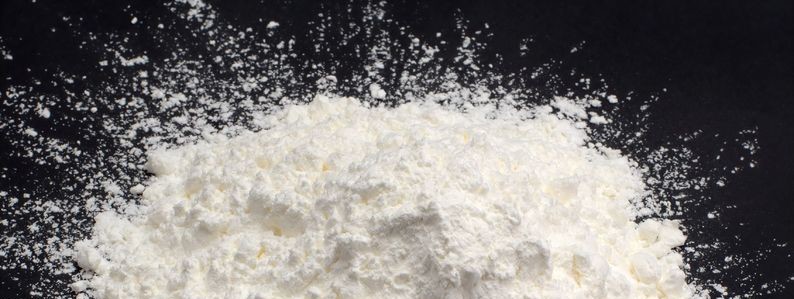
There are different kinds of resistant starch?
That’s right, five categories to be exact:
- RS I: physically inaccessible because it is entrapped in its storage cell. The cell wall materials and the protein matrix prevent water penetration into starch and provide a physical barrier, preventing enzymes from reaching and hydrolyzing the starch.
- RS II: starches that display the B- or C- type polymorph, are highly resistant to enzymatic hydrolysis. However, after cooking, most of the starch becomes highly digestible as a result of starch gelatinization.
- RS III: retrograded starches produced through gelatinization and retrogradation process during food processing and manufacturing. Amylose molecules have linear structures. They have a great tendency to form double helices.
- RS IV: chemically modified starch that resists amylase digestion, formed either by cross-linking or adding chemical derivatives. The FDA has regulated the methods to modify starch for food usage.
- RS V: refers to amylose-lipid complex that resists amylase digestion. The amylose-lipid complex formation is an instant reaction and the complex can reform after cooking. RS V is considered thermally stable.
What about baking with it?
Bakery products have been fortified with RS II and RS III. Studies have evaluated rheological and baking properties of breads that were supplemented with three different commercial resistant starches at contents between 0% and 30%.
Commercial starches with high content of RS did not have a substantial deteriorative effect on the crumb color values, external appearance and symmetry of bread loaves. However, some researchers have said that the replacement of wheat flour by resistant starch affects bread quality due to gluten dilution.
To decrease the detrimental effect on bakery quality from resistant starch, enzymes like transglutaminase (TG) have been used. TG can improve the crosslinking of gluten proteins, increasing the gluten strength and water holding capacity. A combination of enzymes (transglutaminase, glucose oxidase and xylanase) were used when wheat flour was partially substituted by resistant starch (12.5 g/100g) and the dough had similar behavior to the regular dough.
Vital gluten also has been used with cross-linked corn starch to replace 5 – 15% wheat flour to make stronger, more stable dough and bigger loaf volume bread.

